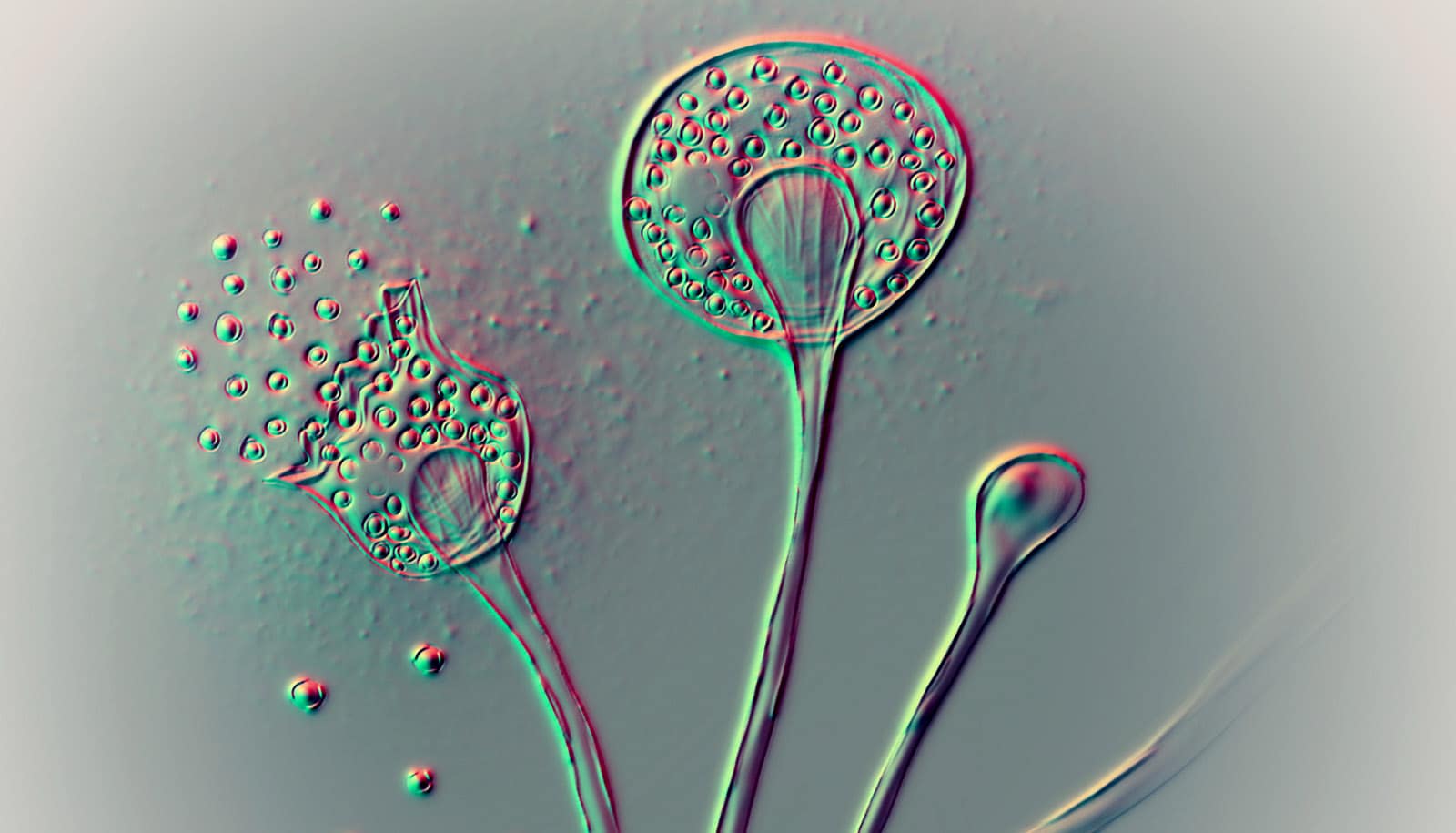The Spread Of Internal Parasite Fungi: A Climate Change Consequence

Table of Contents
Altered Climate Conditions Favor Fungal Growth
Rising temperatures, increased humidity, and altered precipitation patterns are creating a perfect storm for fungal proliferation. These altered climate conditions directly influence fungal growth, reproduction, and dispersal. Many internal parasite fungi thrive in warmer, wetter environments.
- Increased humidity: Higher humidity levels promote spore germination and dispersal, allowing fungi to spread more effectively across larger areas. Spores, the reproductive units of fungi, require moisture to germinate and infect their hosts.
- Warmer temperatures: Warmer temperatures accelerate fungal metabolic rates and reproductive cycles, leading to faster growth and increased production of infectious spores. This translates to a quicker spread of infection within host populations and across larger geographical regions.
- Changes in precipitation patterns: Changes in rainfall patterns, including increased flooding and prolonged periods of dampness, create ideal breeding grounds for many fungal species. Waterlogged soils and standing water provide the perfect environment for fungal growth and spore dispersal. For example, the increased prevalence of Coccidioides, a fungus causing Valley Fever, is directly linked to periods of heavy rainfall followed by drought in arid regions.
Expanded Geographic Ranges and Host Specificity
Climate change is enabling internal parasite fungi to colonize previously unsuitable regions. As temperatures rise and climates shift, the geographic range of many fungal species is expanding, leading to encounters with new host species. The concept of host specificity, meaning a fungus's ability to infect only certain species, is also being challenged.
- Range expansion examples: Several species of Candida, known to cause opportunistic infections in humans, are expanding their geographic range due to warmer temperatures. Similarly, certain plant pathogenic fungi are spreading to higher altitudes and latitudes, impacting agricultural production and ecosystem stability.
- Spillover potential: The expansion of fungal ranges increases the potential for spillover events – where a fungus jumps from a wildlife host to domestic animals or humans. This poses a significant threat to both animal and human health.
- Shifting host ranges: Studies have shown that some internal parasite fungi are adapting to infect new host species as their original hosts' distribution changes due to climate change. This highlights the dynamic and evolving nature of host-parasite interactions in a changing world.
Weakened Host Immunity and Increased Susceptibility
Climate change stressors like heat stress and drought weaken the immune systems of host organisms, making them highly susceptible to fungal infections. These stressors can disrupt the delicate balance of the host's immune response, leaving them vulnerable to attack.
- Heat stress and immunity: Heat stress, particularly in ectothermic animals like amphibians and reptiles, significantly compromises immune function. This leaves them more susceptible to fungal infections, which can have catastrophic consequences for these vulnerable populations.
- Synergistic effects: Climate change often interacts synergistically with other environmental stressors, such as pollution and habitat loss, further weakening host immunity and increasing susceptibility to fungal infections. The combined effects can be far more severe than the individual impacts.
- Impact on disease severity: Research suggests that compromised immunity due to climate change can lead to increased disease severity and mortality rates in infected organisms.
Implications for Biodiversity and Human Health
The increased prevalence of internal parasite fungi has profound implications for biodiversity and human health. The ecological consequences are far-reaching, impacting the stability and functioning of ecosystems.
- Impacts on wildlife: Many fungal diseases are causing significant declines in wildlife populations, particularly among amphibians, reptiles, and insects. These losses can trigger cascading effects throughout the food web.
- Zoonotic fungal diseases: The spread of internal parasite fungi also raises concerns about the emergence of zoonotic diseases – fungal infections that can transmit from animals to humans. This poses a significant public health challenge.
- Economic impacts: Fungal diseases have substantial economic impacts on agriculture, livestock, and human health, leading to significant losses in crop yields, animal production, and healthcare costs.
Conclusion
Climate change is a significant driver of the spread of internal parasite fungi, with far-reaching consequences for biodiversity and human health. The expansion of geographic ranges, weakened host immunity, and potential for spillover events highlight the urgency of addressing this growing threat. Understanding and mitigating the impact of climate change on fungal diseases is crucial. We need to support research efforts focused on understanding the spread of internal parasite fungi, advocate for climate change mitigation policies, and promote public awareness of this emerging threat. Further research and collaboration are essential to develop effective strategies for preventing and managing the spread of internal parasite fungi in a changing climate. Let's work together to combat this emerging challenge before it becomes an insurmountable crisis.

Featured Posts
-
 New F1 Rule Change Hamiltons Key Role Revealed
May 26, 2025
New F1 Rule Change Hamiltons Key Role Revealed
May 26, 2025 -
 Pourquoi Ne Pas Debloquer La Rtbf Les Risques Et Les Alternatives
May 26, 2025
Pourquoi Ne Pas Debloquer La Rtbf Les Risques Et Les Alternatives
May 26, 2025 -
 Nvidias Rtx 5060 Launch Lessons For Gamers And Reviewers
May 26, 2025
Nvidias Rtx 5060 Launch Lessons For Gamers And Reviewers
May 26, 2025 -
 Paris Roubaix Attack Fan Turns Himself In After Throwing Bottle At Van Der Poel
May 26, 2025
Paris Roubaix Attack Fan Turns Himself In After Throwing Bottle At Van Der Poel
May 26, 2025 -
 Examining The Causes Of Trumps Aggressive Stance On European Trade
May 26, 2025
Examining The Causes Of Trumps Aggressive Stance On European Trade
May 26, 2025
